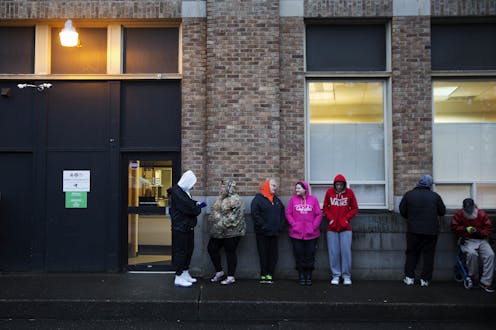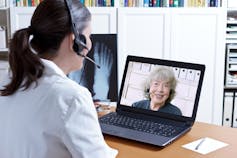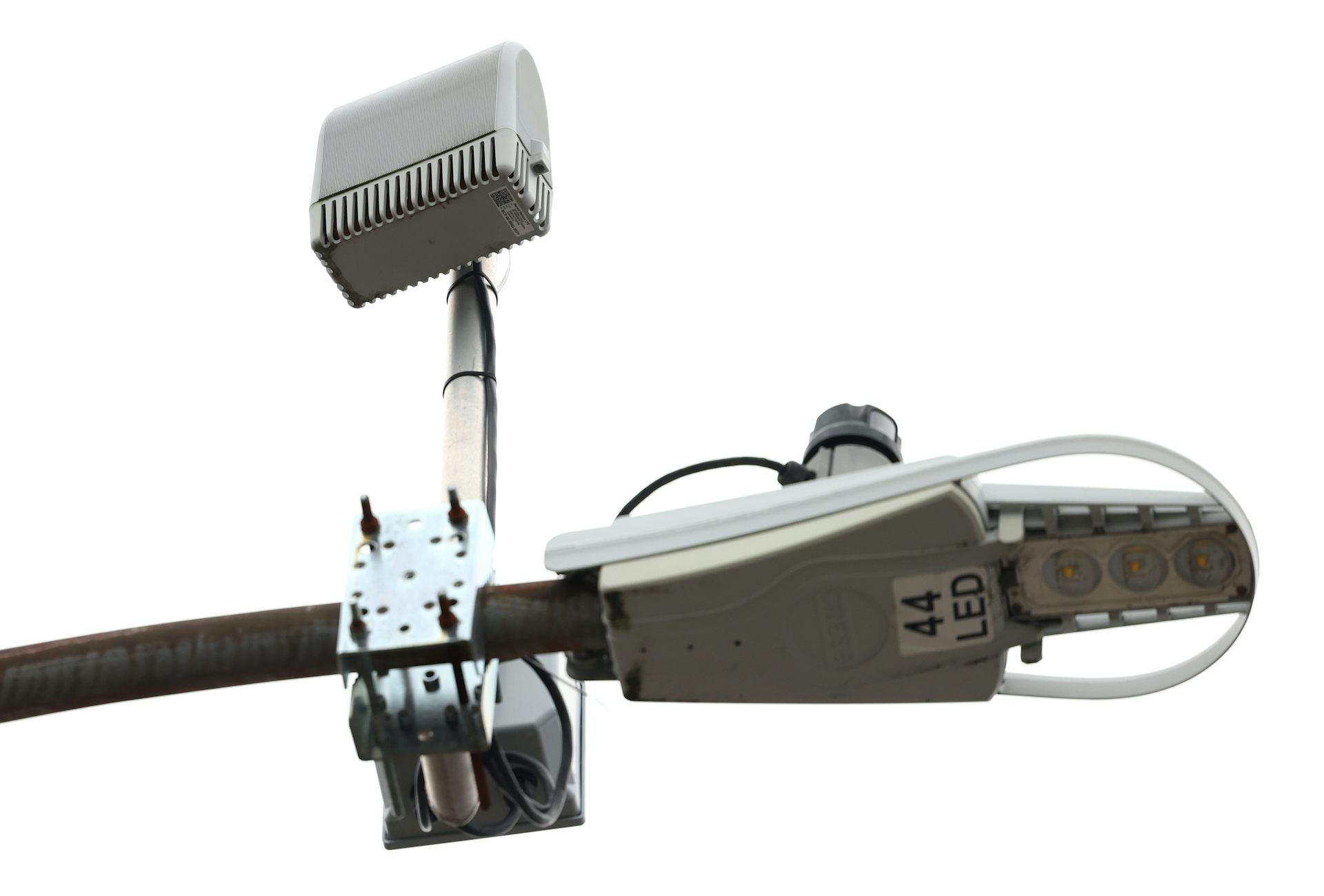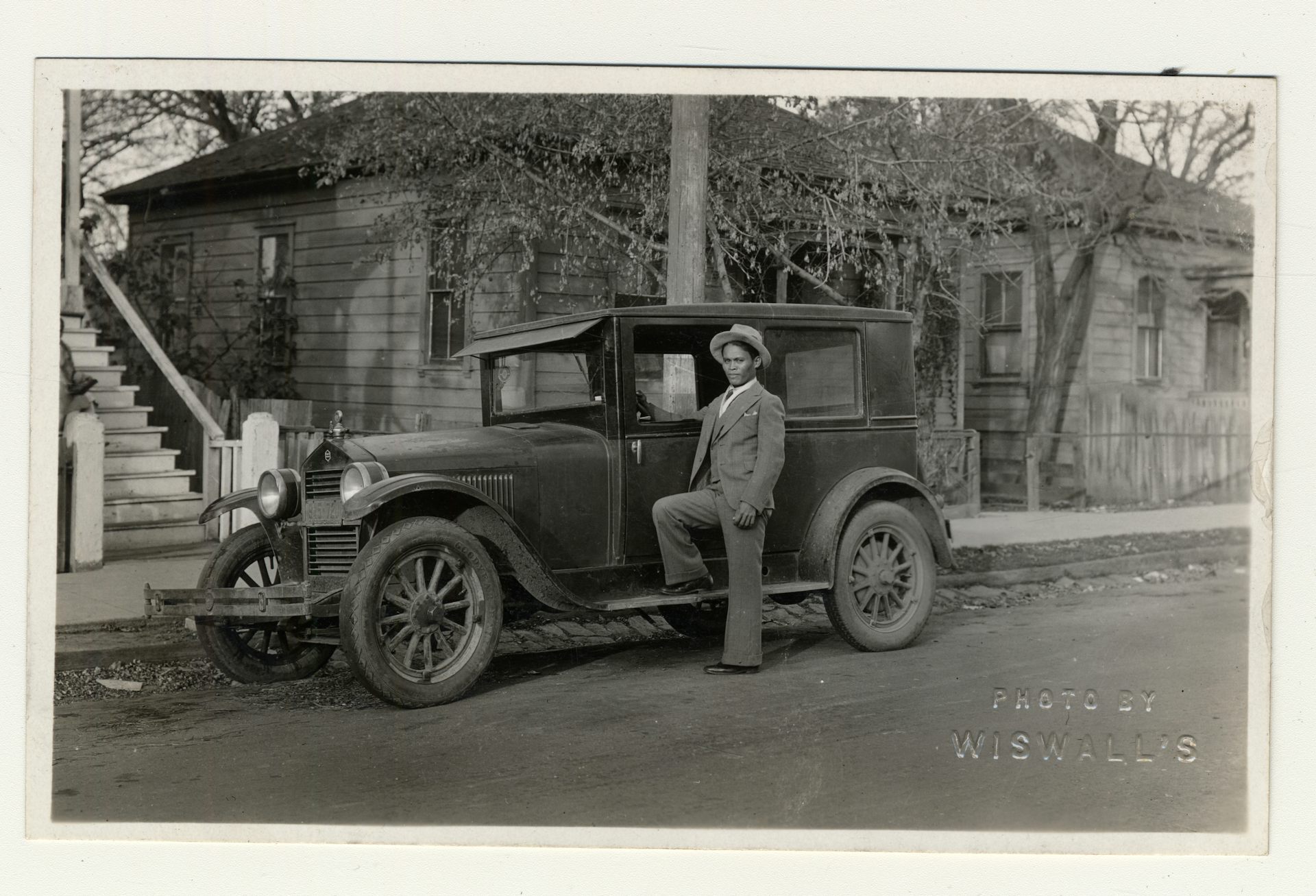The opioid crisis is at its worst in rural areas. Can telemedicine help?
Many who need help with opioid addiction live far from dedicated treatment centers.

Some of the communities hit hardest by the opioid epidemic are in rural America. However, many of those same communities lack access to comprehensive treatment.
To address the epidemic’s increasing reach, the White House declared a public health emergency on Oct. 26. The administration outlined a need to expand treatment in rural communities, most notably by making telemedicine more readily available. Telemedicine, also referred to as telehealth, aims to improve treatment access by allowing people to consult their provider remotely – for example, by using videoconferencing.
As a researcher of opioid treatment in Michigan, I’m excited to see the call for greater availability of telemedicine as a way to help rural communities. However, telemedicine has important limitations that need to be considered.
Rural struggles
Drug overdose deaths are rising in rural areas across the U.S. In 2015, the overdose death rate for rural areas surpassed the death rate for urban or suburban areas. People living in rural areas were four times more likely to die from overdoses in 2015 than they were in 1999. The opioid epidemic hit states east of the Mississippi River hardest, with the highest death rates in relatively rural states: West Virginia, New Hampshire and Kentucky.
The most scientifically supported opioid treatments combine medications – like buprenorphine, methadone or Suboxone – with behavioral therapy. These opioid treatment programs help patients stop abusing opioids and promote long-term recovery.
However, people living in rural areas face a number of barriers in accessing opioid treatment. Many rural populations have a limited number of clinics that provide opioid treatment and behavioral therapy, as well as a shortage of providers who prescribe opioid treatment medications. People living in rural areas frequently travel long distances to their opioid treatment provider. Moreover, many may feel ashamed or stigmatized if they seek out opioid treatment in their local community.
In northern Michigan, for example, roughly 400,000 residents live north of the closest clinic in Otsego County that provides both methadone and behavioral therapy. People in need of comprehensive opioid treatment in these remote areas require their own transportation and finances to support multiple hours of travel.
The shortage of providers is also an obstacle for rural communities in less remote areas of Michigan. In Lenawee County, which is situated roughly an hour from Ann Arbor and Toledo, there are approximately 100,000 citizens with access to a handful of buprenorphine treatment providers. The few rural providers in areas like this typically offer opioid treatment within small family medicine practices and have limited staff to provide behavioral therapy.
Telemedicine pros and cons

With these issues in mind, telemedicine seems like a promising way to help rural communities, and specifically, to aid in rural opioid treatment.
One study from Ontario demonstrated that the more sessions patients attended via telemedicine, the more likely they were to stay in an opioid treatment program. Patients in the study attended telemedicine sessions under a nurse’s supervision at an affiliated opioid treatment clinic. The prescribing physicians, who likely oversee other clinics from afar, were videoconferenced in from a different location. Videoconferencing helped patients better access providers to discuss medication issues, but still required patients to travel to an affiliated clinic.
The White House has yet to provide explicit details on how expanded telemedicine services will be funded. The US$57,000 released through the public health emergency isn’t enough by itself to lead to meaningful changes and needs renewal after 90 days.
The use of telemedicine for opioid treatment also presents particular challenges. Providers are required by law to see patients for initial in-person assessment before prescribing controlled medications like Suboxone.
There are exceptions to this law, including letting the patient see other clinical staff in person while videoconferencing with the prescribing physician. The emergency declaration could offer even more flexibility.
What’s more, most people need services for other problems besides opioid addiction, such as mental health problems like depression or difficulties with other drugs like cocaine. Many also lack private health insurance or financial means to pay out of pocket for telemedicine.
Despite these issues, the administration’s call to improve treatment access is a positive step for rural health.
Not just rural areas
Urban areas, too, may benefit from this technology-assisted treatment, as people living in rural and urban areas face similar obstacles.
Within my home state of Michigan, drug overdose deaths are overrepresented in urban areas. The two most densely populated counties, Wayne and Macomb, both ranked among the top counties for overdose deaths in 2014 and 2015. This risk among urban communities may be in part due to the increased availability and use of highly potent, synthetic opioids such as fentanyl.
My research on opioid treatment highlights strikingly similar treatment barriers for rural and urban patients. In a study at an urban opioid treatment clinic, we found those who live farther from the clinic were more likely to drop out sooner, potentially due to transportation-related hardships in accessing the clinic.
Urban patients have similar needs for comprehensive services to treat other mental health and drug problems and they, too, experience financial problems and a lack of private health insurance.
Steps toward a solution
A few steps, including the advancing of telemedicine, could help save countless lives currently being lost to the opioid epidemic.
First, the administration is still considering declaring a national emergency. That would provide access to more funds, or eliminate proposed budget cuts to existing addiction treatment programs. These monies could be used to train providers interested in delivering telemedicine or used to increase the number of staff able to provide comprehensive services.
Second, we need to investigate the effectiveness of existing telemedicine approaches within rural communities, and continue developing new technology-assisted opioid treatments for rural and urban communities.
Universities, especially those located within surrounding rural communities, should develop dedicated rural health initiatives. My colleagues and I are currently conducting a study to better understand rural patients’ views on treatment access. We will also ask providers about their likelihood to use new treatments – like telemedicine or treatments delivered through mobile or internet devices – in their practice.
Last, it’s important to provide publicly funded treatment and comprehensive services to both rural and urban communities. Practically speaking, many people in need of opioid treatment are able to access treatment only using public health insurance programs like the Affordable Care Act, Medicaid and block grant programs.
Until all communities, rural or otherwise, have better access to comprehensive opioid treatment, we will continue to lose loved ones at alarming and unacceptable rates.
Jamey Lister receives funding from the Michigan Department of Health and Human Services through the State Targeted Response to the Opioid Crisis Grant, which is administered by the Substance Abuse and Mental Health Services Administration (SAMHSA).
Read These Next
Miami’s new mayor faces a housing affordability crisis, city charter reform and a shrinking budget
Eileen Higgins won a hard-fought election to become Miami’s new mayor. Now for the hard part – governing…
There’s little evidence tech is much help stopping school shootings
The $4 billion school security industry can’t back up claims for its tech. The silver lining: That’s…
Large trunks discovered in a basement offer a window into the lives and struggles of early Filipino
A trove of century-old belongings – from farm tools to pillowcases – tells the story of Filipinos…





